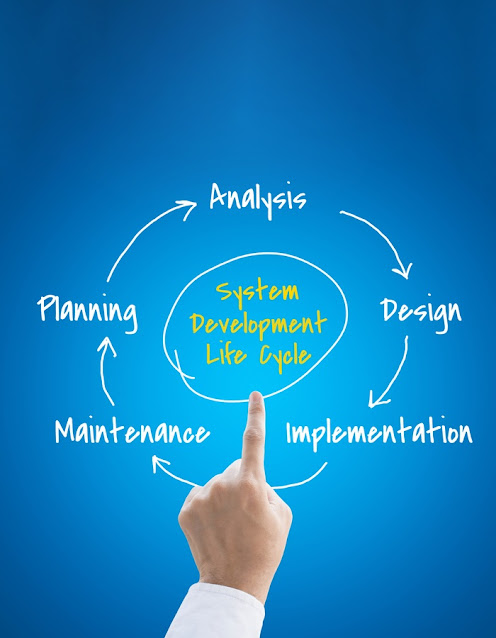The software development life cycle (SDLC) is the process of developing and maintaining a software product. This process can include multiple stages such as requirements analysis, design, implementation, testing, and deployment.
The SDLC has five phases: analysis phase, requirements phase, design phase, implementation phase, and test phase. Depending on the type of project these phases may not always be necessary or integrated into a single phase. For example, in the case of an incremental release with no maintenance required for a software product these phases may be combined into just one or two phases.
The requirements for custom software development are many. The software must be able to maintain data integrity, be easy to understand and intuitive, provide security, and more.
Custom software development is an exhausting process with long hours. But it is worth it in the end because you get what you want - a custom piece of code that will work exactly how you need it to.
Custom software development is the process of developing or customizing software systems to match the requirements of specific end-users.
The life cycle can be broken down into 4 phases: design, coding, testing, and deployment. For each phase, there are different activities that need to be done.
The design phase is the first part of the software development process where you figure out what needs to be done with your system. You create a conceptual design based on user needs and business requirements.
The coding phase is about turning your design into code that can run on a computer system. This includes writing code for individual modules of your application, connecting different modules together, debugging code errors, and deploying it on a server for use by others or users of your application
Custom software development is the process of developing software that meets the specific needs of a given client.
The life cycle of custom software development can be seen in four stages - Analysis, Design, Development, and Deployment.
Analysis refers to the evaluation of needs and the activities involved in gathering information on these needs. Design is the stage where designing new systems or modifying existing ones are done according to gathered information at the analysis stage. Development is where coding takes place for functionalities described in the design stage. Deployment means the deployment of developed systems or subsystems into the production environment for use by end-users.
Custom Software Development Definition
Custom software development is the process of creating software that is not off-the-shelf. It can be developed for a specific business need, or to meet the needs of a particular customer.
Custom software development has many advantages over off-the-shelf software. The main advantage is that it can be tailored to suit your specific needs, which means it can be much more efficient and more effective than an off-the-shelf solution.
The initial stage of the custom software development system life cycle is planned. It includes tasks such as establishing Goals and Objectives as well as determining the feasibility of project Goals. The next stage is a design which includes tasks such as designing architecture, writing specifications, creating mockups, developing prototypes, and identifying risks that need to be mitigated. The next stage is coding which includes tasks such as designing code and implementing the design into code.

Comments
GLOBALONLINETRENDS
It has been a pleasure to go through your post. They are excellent. I am a regular reader of your posts as I run a personal blog same on computer language area.
I am not sure why you have said custom software lifecycle. Possible it is a customized RAD, right?
you can refer here also https://www.techtravelhub.com/what-is-rapid-application-development-radmodel-in-software-engineering/
Once again this is nice.
Cheers,
Animesh